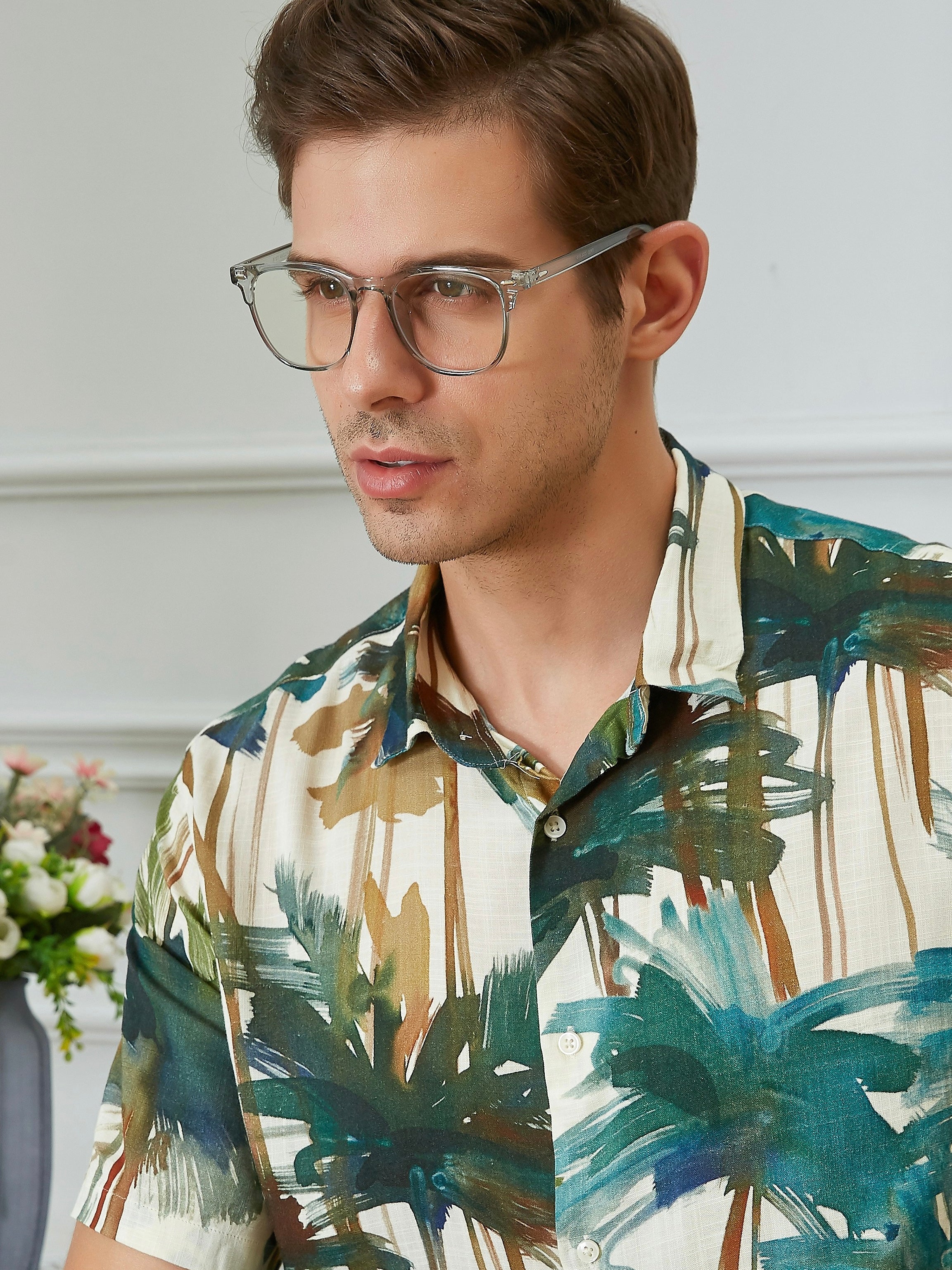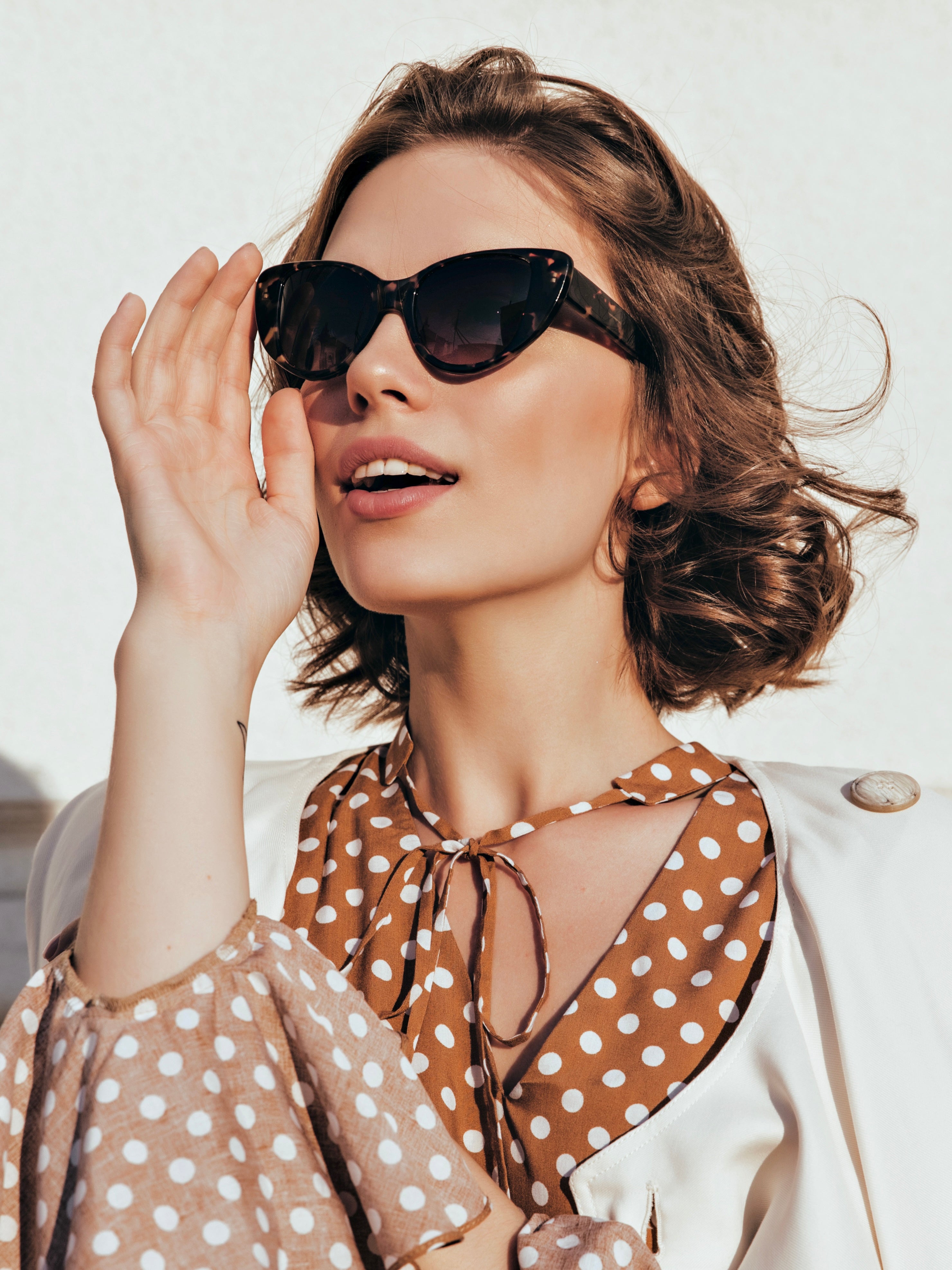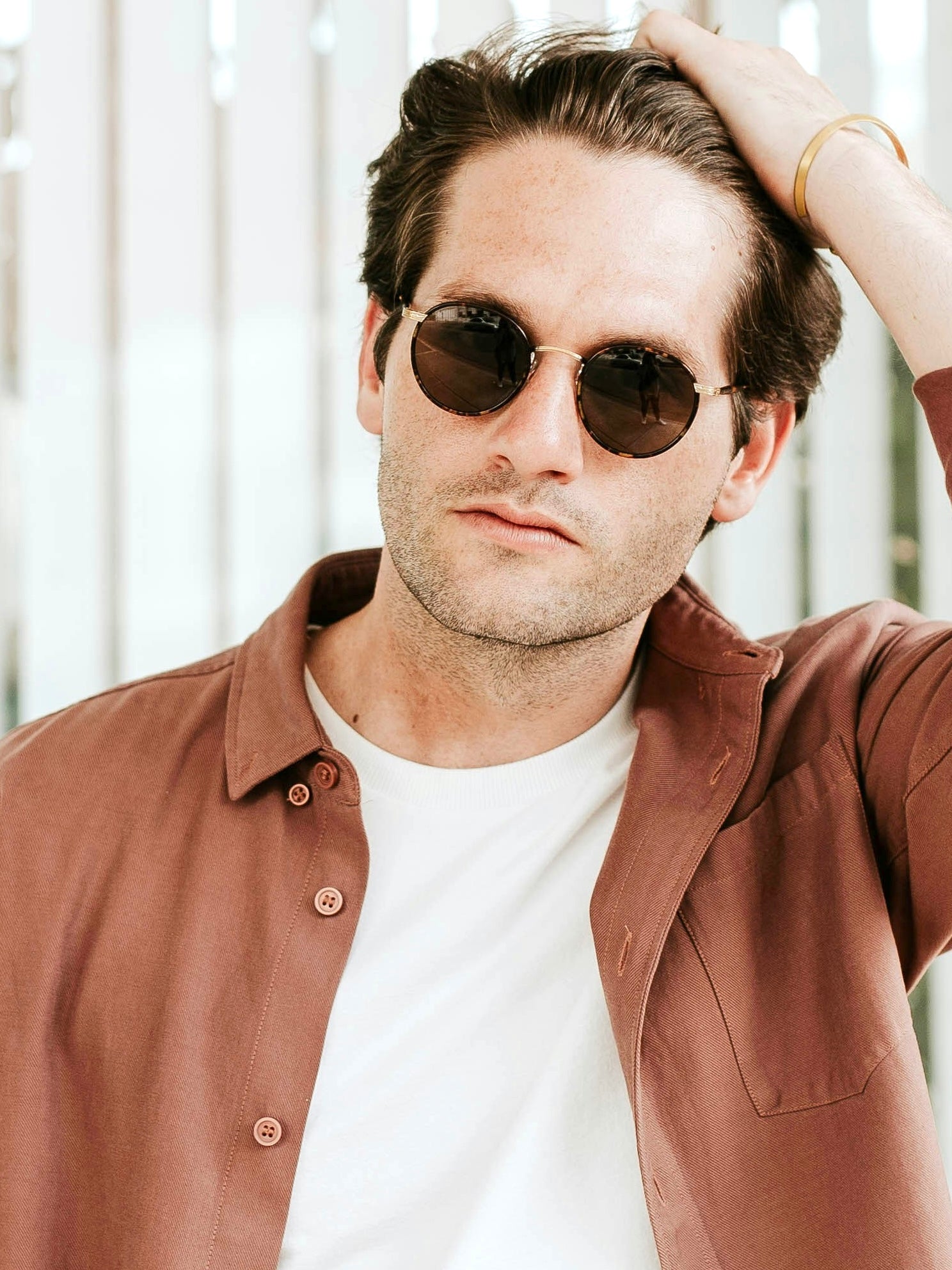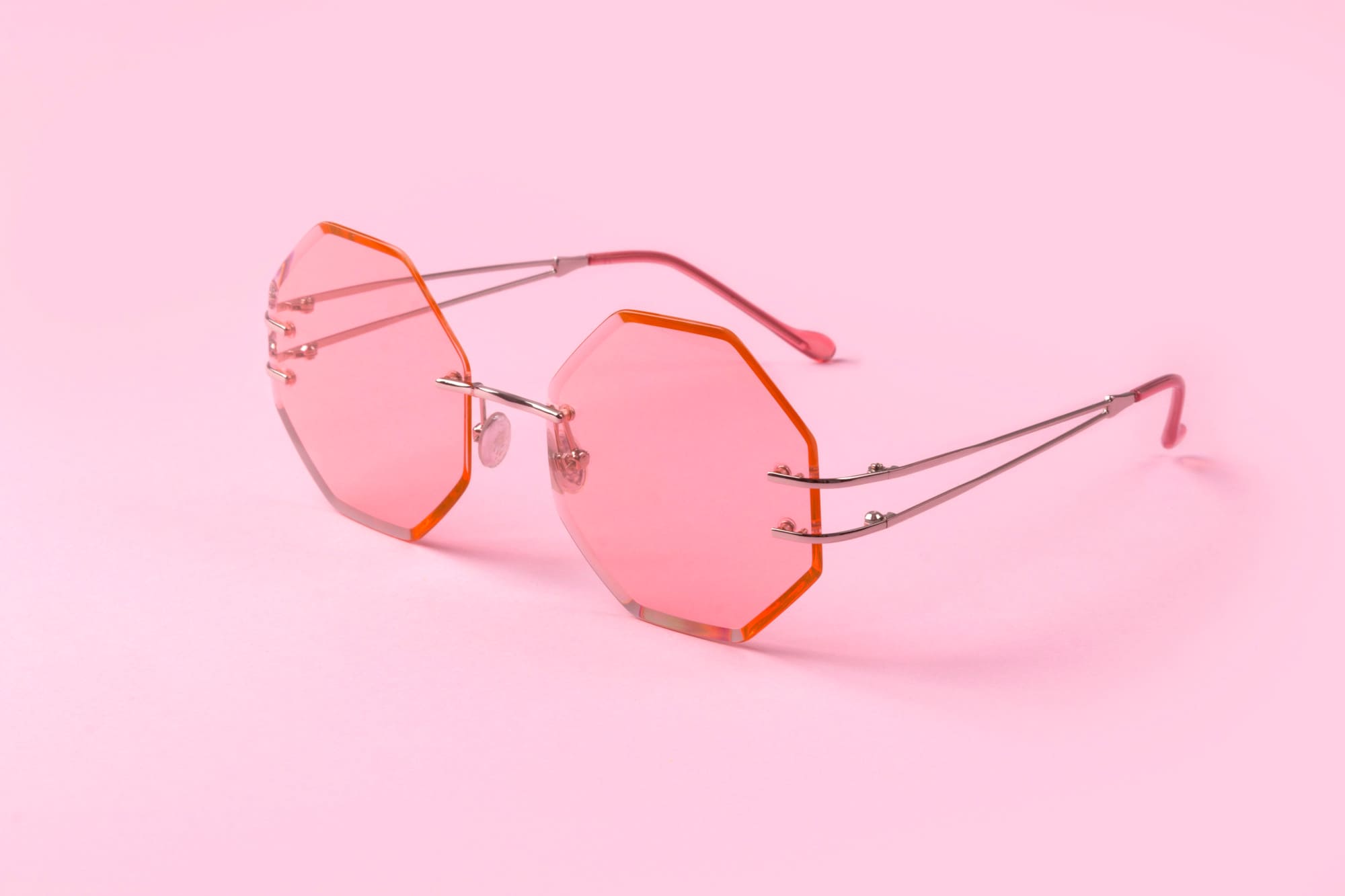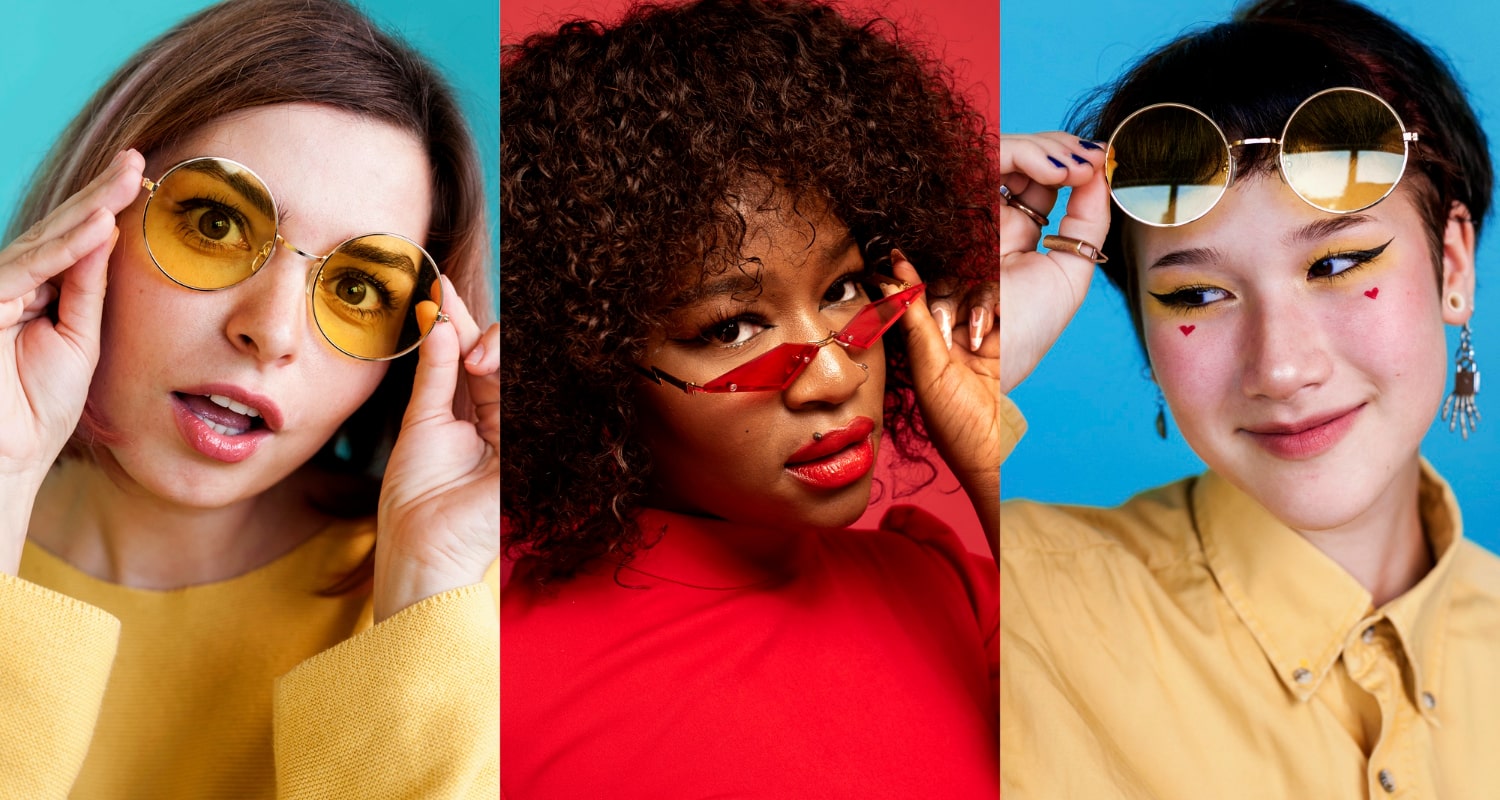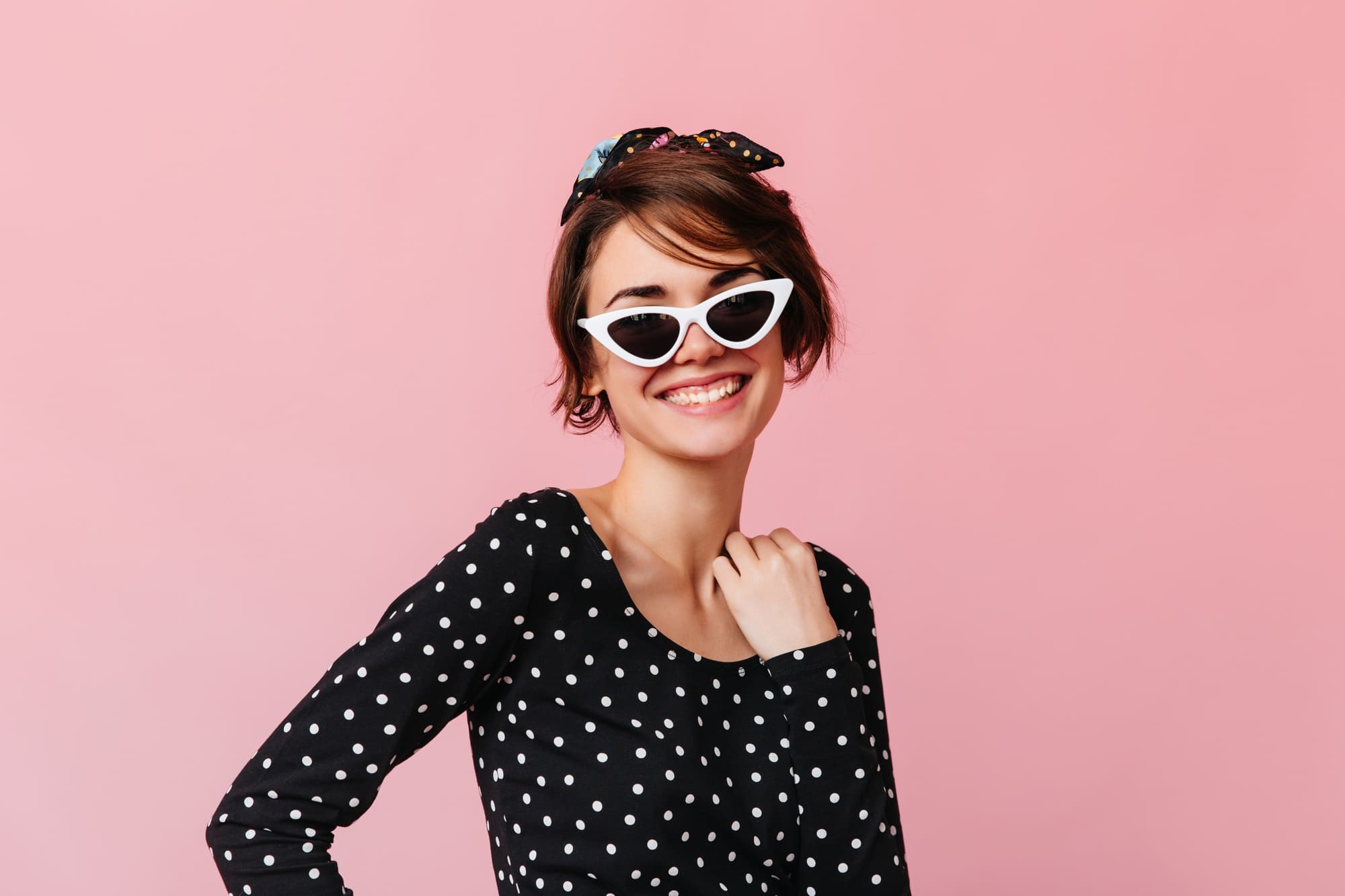
The History of Cat Eye Glasses. How Did They Become Part of Modern Style?

Few eyewear styles carry the cultural weight and enduring appeal of cat eye glasses. These upswept frames have traveled from 1930s New York design studios to Hollywood's golden age, weathered decades of changing fashion, and emerged as a permanent fixture in contemporary eyewear. The story behind these iconic frames reveals how one woman's creative vision turned medical devices into fashion accessories that still captivate wearers nearly a century later.
Key Takeaways
-
Altina Schinasi invented cat eye glasses in the 1930s after being inspired by Venetian harlequin masks, originally calling them "Harlequin" frames
-
The style exploded in popularity during the 1950s when Hollywood stars like Marilyn Monroe and Grace Kelly wore them on and off screen
-
Audrey Hepburn's Oliver Goldsmith Manhattan sunglasses in Breakfast at Tiffany's (1961) turned cat eyes into a global phenomenon
-
Cat eye frames disappeared during the 1970s and 1980s when oversized round and aviator styles dominated fashion
-
The style resurged in the 2010s through celebrities like Bella Hadid and has maintained popularity into the 2020s
-
Modern cat eye designer glasses blend vintage silhouettes with contemporary proportions and materials, including smart glasses technology
The Revolutionary Vision of Altina Schinasi
What are cat eye glasses and where did they come from? The answer begins with Altina Schinasi, a Manhattan-born artist who studied in Paris during her late teens before working as a window dresser on Fifth Avenue alongside Salvador Dali. Walking through New York opticians in the early 1930s, Schinasi noticed every pair of women's glasses looked identical. She remembered ornate harlequin masks from Venetian ballroom dances and created prototypes with boldly upswept outer edges.
Multiple optical shops rejected her designs, insisting women wouldn't want unusual frames. Schinasi persisted, and women's enthusiastic response proved the skeptics wrong. By 1939, she received the Lord & Taylor Annual American Design Award for turning eyeglasses into legitimate fashion accessories.

Hollywood Glamour Meets Everyday Style
The 1950s marked the golden age of cat glasses. Post-war America embraced optimism reflected in automobile tailfins and Christian Dior's New Look fashion. Cat eye frames complemented this aesthetic perfectly, with upswept lines echoing the era's emphasis on feminine silhouettes.
Frames evolved into narrower, more pointed designs adorned with rhinestones, gold filigree, and sculptural elements like flowers or leaves. Hollywood royalty adopted cat eye glasses enthusiastically. Marilyn Monroe wore gold-embellished pairs in Gentlemen Prefer Blondes (1953), while Grace Kelly brought understated elegance to the style. For the first time, women's eyewear carried no stigma but became desirable accessories that enhanced attractiveness.
|
Era |
Style Characteristics |
Cultural Influence |
|
1930s |
Bold upswept edges, harlequin inspiration |
Altina Schinasi's original designs |
|
1950s |
Rhinestones, gold filigree, pointed tips |
Marilyn Monroe, Grace Kelly |
|
1960s |
Oversized lenses, tortoiseshell, bright colors |
Audrey Hepburn, Breakfast at Tiffany's |
|
1970s to 1990s |
Style decline, vintage curiosity status |
Oversized round and aviator dominance |
|
2000s to 2010s |
Slimmer profiles, geometric angles |
Y2K nostalgia, Bella Hadid revival |
|
2020s |
Larger lenses, subtle upturns, modern materials |
Contemporary celebrity adoption |
From Breakfast at Tiffany's to Global Icon Status
The 1960s belonged to cat eye sunglasses. Audrey Hepburn's portrayal of Holly Golightly in Breakfast at Tiffany's (1961) created one of cinema's most recognizable fashion moments. The Oliver Goldsmith Manhattan sunglasses she wore featured oversized lenses and pronounced upswept corners in tortoiseshell acetate, instantly elevating cat eye designer glasses from practical eyewear to aspirational luxury items.
Tinted lenses opened cat eyes to the sunglasses market, where they flourished beyond vision correction needs. The 1960s brought increasing variety with exaggerated points, subtle curves, and color options expanding from traditional black and tortoiseshell to bright reds, blues, and transparent frames.

The Disappearing Act and Eventual Return
Fashion's cyclical nature caught up with cat eyes in the 1970s. Counterculture movements rejected polished femininity, and oversized round frames, aviators, and rectangular styles pushed cat eyes aside. Throughout the 1980s and 1990s, cat glasses existed primarily as vintage curiosities or costume pieces.
The resurgence began in the early 2000s as Y2K nostalgia took hold. Designers revisited mid-century aesthetics with slimmer profiles, smaller lenses, and geometric angles. The 2010s brought full revival as models like Bella Hadid, Emily Ratajkowski, and Kendall Jenner wore cat eyes regularly.
Contemporary Cat Eyes Blend Heritage with Innovation
Today's cat eye designer glasses honor vintage roots while embracing modern sensibilities. Contemporary versions feature larger, rounder lenses than 1950s originals, with upswept corners that appear more subtle and refined. Material innovation has revolutionized construction through lightweight titanium, flexible TR90 plastic, and sustainable bio-based materials.
Premium brands at Classy Eyewear offer options ranging from faithful vintage reproductions to cutting-edge interpretations. Kate Spade, Tom Ford, and other established names produce diverse cat eye lines.
Face shape considerations have become more nuanced. While cat eyes traditionally flatter oval and heart-shaped faces, modern variations work for virtually everyone.
|
Face Shape |
Best Cat Eye Style |
Why It Works |
|
Oval |
Nearly any cat eye variation |
Balanced proportions suit all frame styles |
|
Heart-shaped |
Medium to bold upswept corners |
Frames balance wider forehead with narrower chin |
|
Round |
Pronounced angular upturns |
Sharp lines add definition and lengthen the face |
|
Square |
Subtle curves with gentle upswept |
Soft lines balance strong jawlines |
|
Rectangular |
Wider frames with rounded edges |
Adds width and softens angular features |
The key lies in finding proportions that enhance your natural features.
Why Cat Eyes Endure When Other Trends Fade
The longevity of cat glasses stems from their fundamental design success. The upswept outer edge naturally follows the brow bone and cheekbone, creating visual harmony with human facial structure. Cultural associations with mid-century glamour, intellectual sophistication, and confident femininity remain desirable across generations.
The style's versatility contributes significantly to its staying power. Cat eyes work in multiple contexts and serve various needs that keep them relevant season after season.
What makes cat eye glasses so versatile:
-
Function equally well as prescription glasses, sunglasses, or reading glasses
-
Suit professional settings in conservative black or tortoiseshell tones
-
Work for casual environments in bold patterns and bright colors
-
Transition seamlessly from daytime to evening occasions
-
Complement both minimalist and maximalist personal styles

The Timeless Appeal of Feminine Architecture
Cat eye glasses succeed because Altina Schinasi understood something fundamental about design and human psychology. When you create a shape that enhances natural features rather than obscuring them, you develop something that transcends temporary trends. Nearly 100 years after their invention, these frames continue proving that good design never really goes out of style; it just gets reinterpreted for new generations.
FAQ
What defines cat eye glasses?
Cat eye glasses feature distinctive upswept outer edges where the temples connect to the frame front, creating an angular shape reminiscent of feline eyes. This upsweep typically follows the natural curve of the brow and cheekbone, adding definition and a feminine quality to the face.
Who invented cat eye glasses?
Altina Schinasi created the first cat eye frames in the 1930s after being inspired by decorative Venetian harlequin masks. She initially called them "Harlequin" frames and received the Lord & Taylor American Design Award in 1939 for revolutionizing eyewear design.
When were cat eye glasses most popular?
The 1950s represented the peak era for cat eye glasses, when they dominated women's eyewear. The style experienced a second major surge in the 1960s for sunglasses after Audrey Hepburn wore them in Breakfast at Tiffany's, and has enjoyed renewed popularity since the 2010s.
Are cat eye glasses still in style?
Cat eye glasses remain solidly fashionable and show no signs of fading. Major eyewear brands continue producing new cat eye designs each season, and the style appears regularly in fashion shows and on celebrities. The shape has proven its staying power over nearly a century.
What's the difference between vintage and modern cat eye frames?
Vintage 1950s cat eyes featured smaller lenses, dramatic upswept corners, and elaborate decorations like rhinestones. Modern versions have larger lenses with subtler upturns and cleaner designs, though vintage-inspired reproductions remain available.

